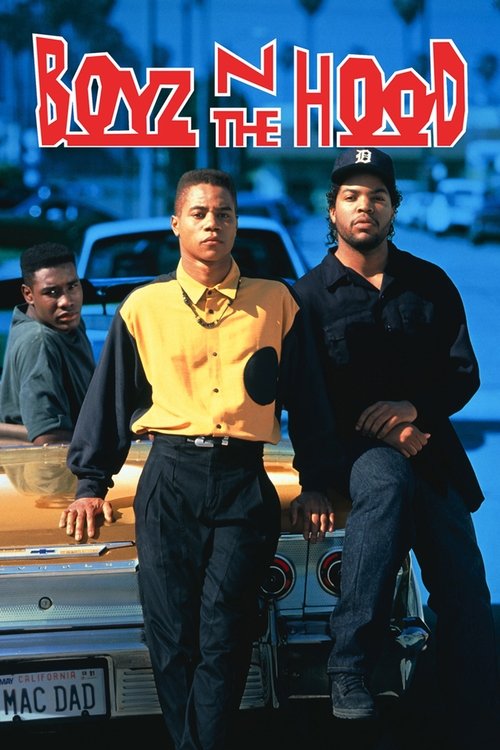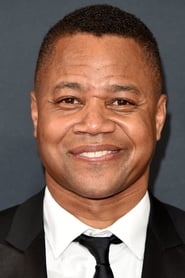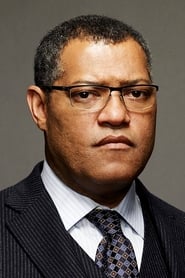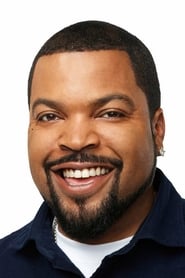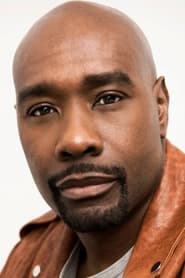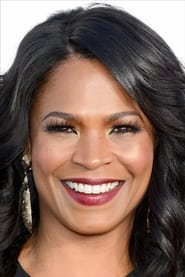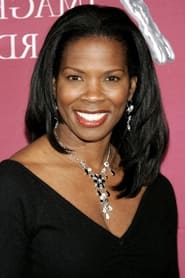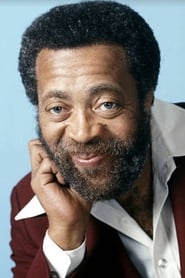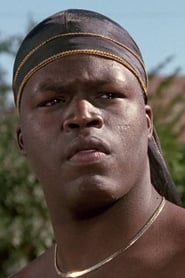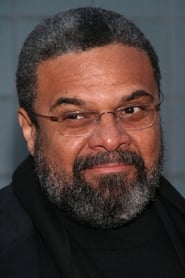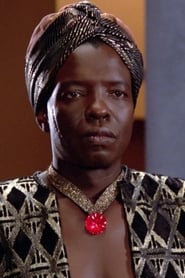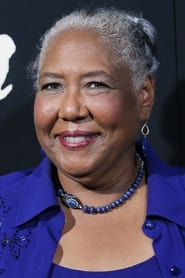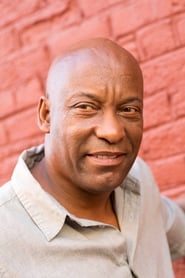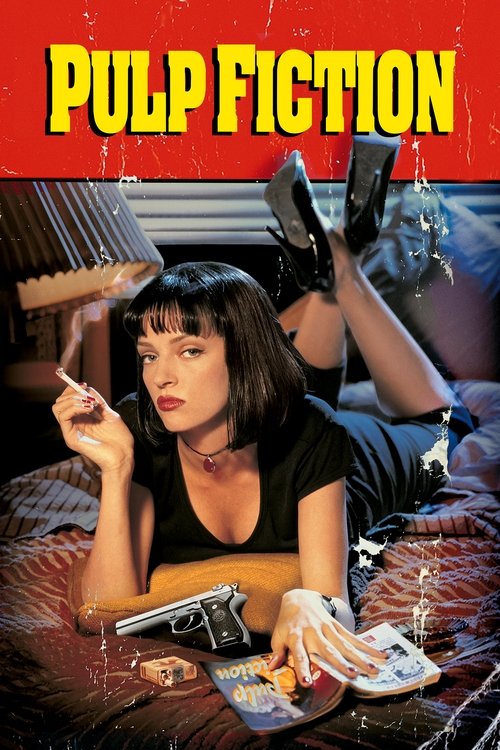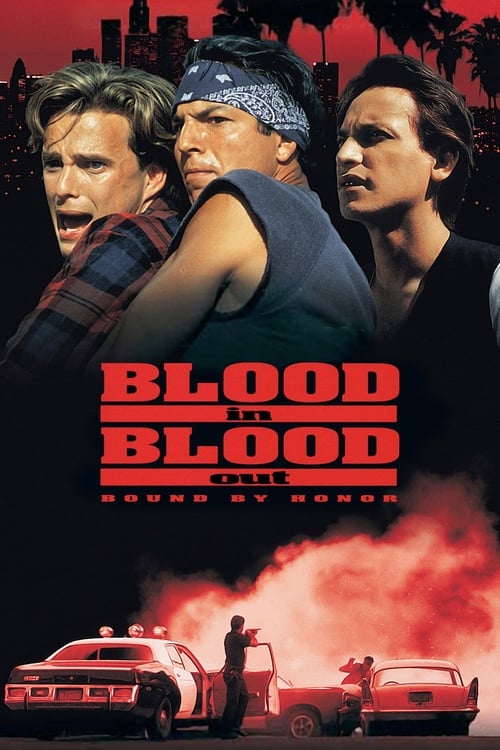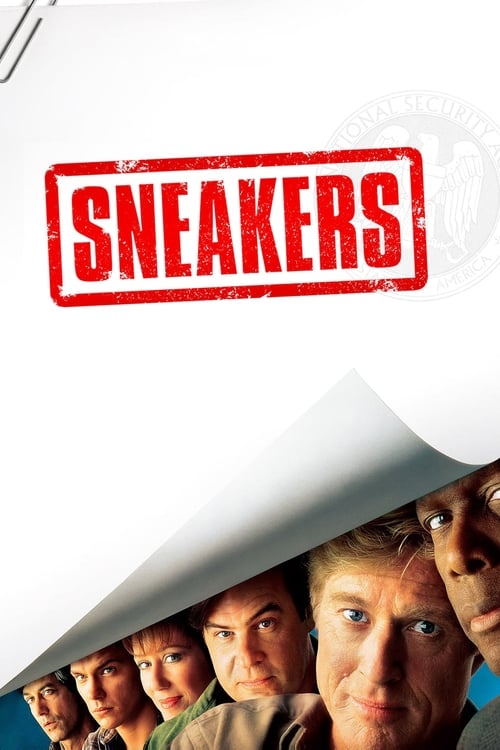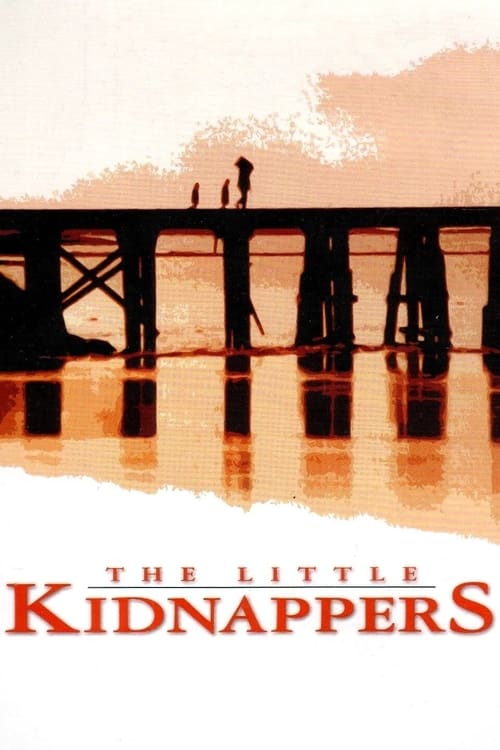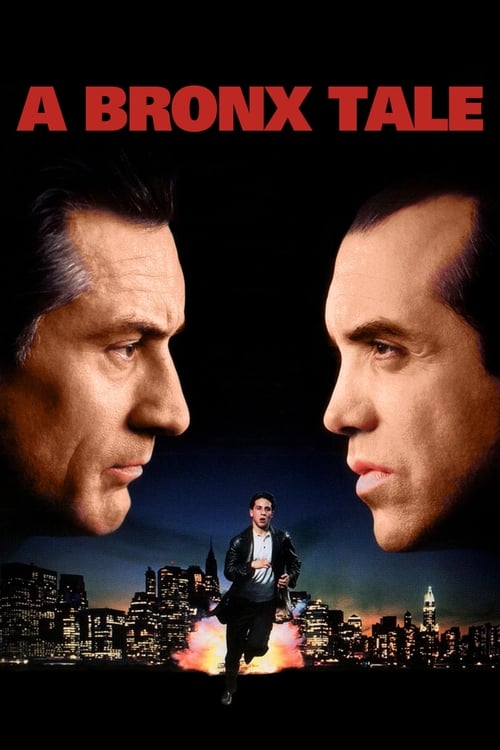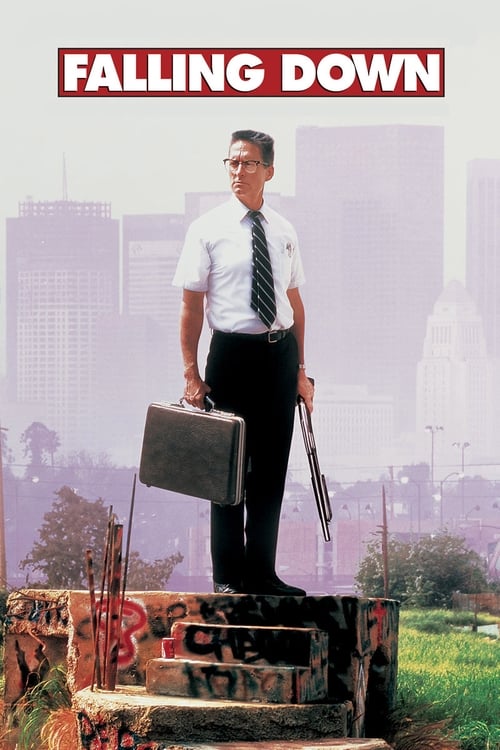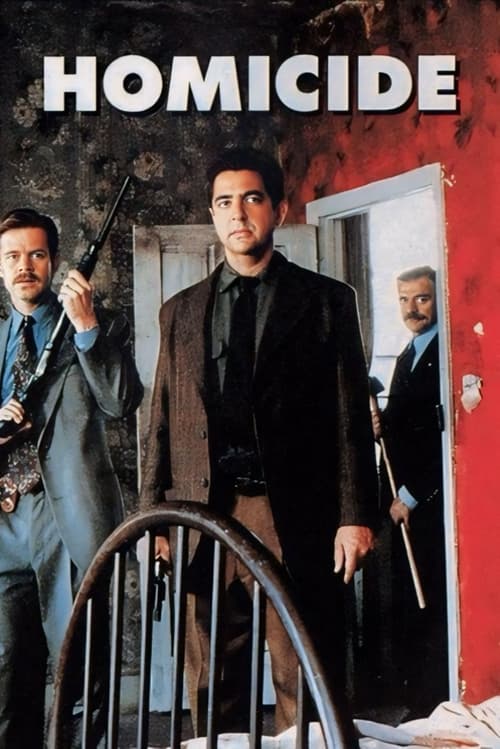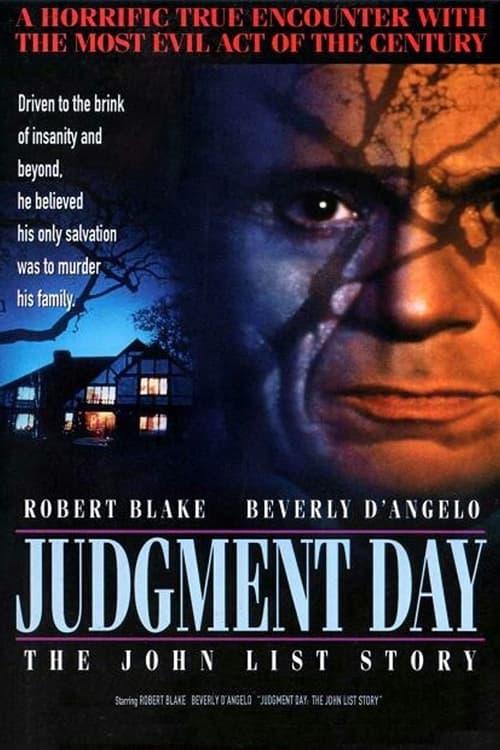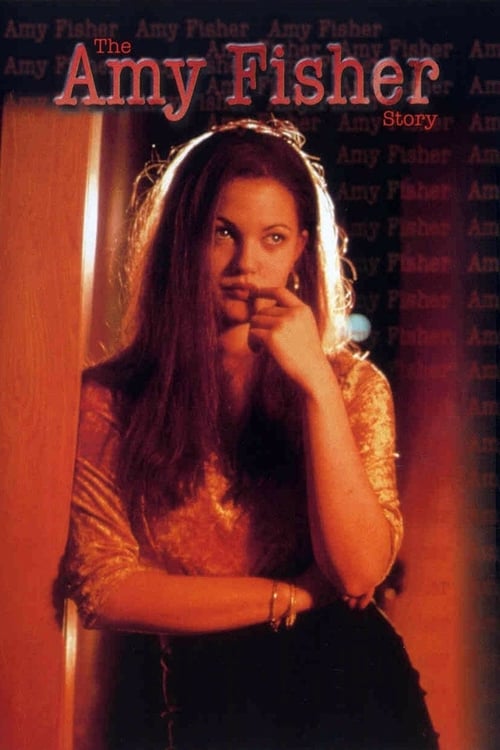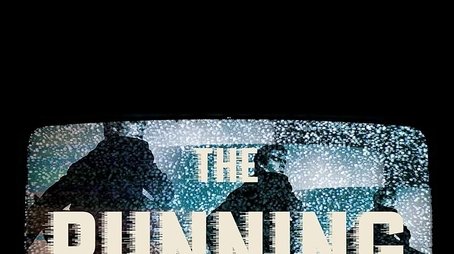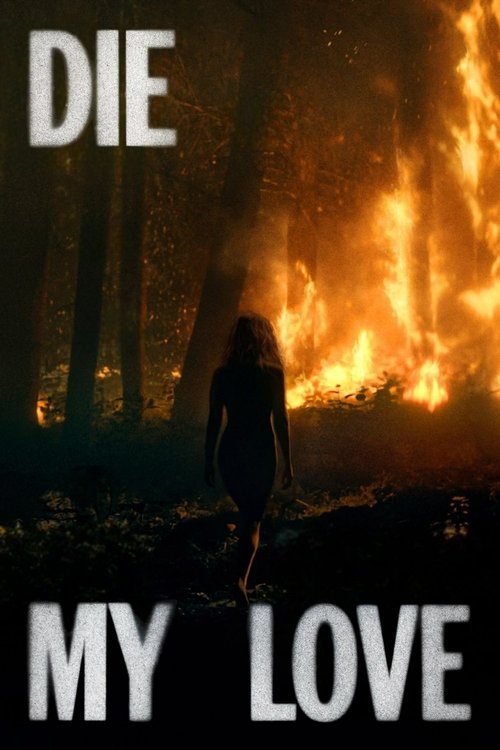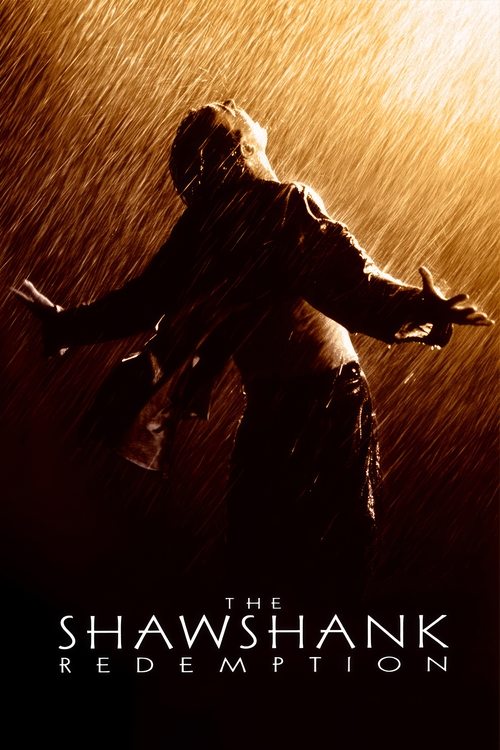
Ask Your Own Question
What is the plot?
Boyz n the Hood: Complete Plot Narrative
The Beginning: A Mother's Difficult Choice
The story opens in 1984 in South Central Los Angeles, where we first meet Tre Styles as a young boy whose life is already marked by the struggles of his environment. Tre gets into a fight at school, and when his teacher informs his mother, Reva Devereaux, that although her son is intelligent, he lacks the maturity and respect necessary to succeed, she faces a difficult realization. Reva understands that she alone cannot provide what Tre needs to navigate the dangerous world surrounding them. She makes the painful decision to send her son to live with his father, Furious Styles, in the Crenshaw neighborhood of South Central Los Angeles. This decision, born from a mother's love and concern, sets the entire narrative in motion and introduces the central conflict of the film: the struggle between environmental forces and paternal guidance in shaping a young man's future.
Furious Styles is a man who has survived the streets and built a different life for himself. He works as a mortgage broker out of a storefront office, representing a path of legitimate success and economic independence. He is described as smart and angry--a disciplinarian who understands both the allure of street life and the possibility of escape through education and legitimate enterprise. When Tre arrives at his father's house, Furious establishes clear rules and expectations. He is not a warm, permissive parent, but rather a stern teacher determined to instill in his son the values and awareness necessary to survive and transcend the neighborhood that threatens to consume him.
Reunion and the Landscape of Violence
As the narrative progresses to 1991, we see Tre as a teenager, now played by Cuba Gooding Jr., fully immersed in the world of South Central Los Angeles. He has reunited with his childhood friends, and these relationships form the emotional core of the film. There is Doughboy, played by Ice Cube, a young man whose trajectory has taken him into the world of gangs, drugs, and alcohol. Doughboy spends most of his days on the front steps of his house, drinking, plotting, and feeding his resentments against a world that has offered him few legitimate opportunities. He is not inherently a bad person, but the environment and circumstances have pushed him toward a life of crime and violence.
Then there is Ricky Baker, portrayed by Morris Chestnut, who represents a different kind of possibility. Ricky is a gifted athlete with genuine potential. He is a football star with his sights set on earning a scholarship to USC, a path that could take him out of South Central and into a different future entirely. Ricky comes from a single-parent household; his mother, Brenda Baker, raises him and his brother Doughboy without a strong male role model in the home. Despite these circumstances, Ricky has managed to maintain his focus and ambition. There is also Little Chris, another friend from the neighborhood whose early arrest for shoplifting alongside Doughboy foreshadows the different fates awaiting these young men.
Tre himself represents a third path--the intelligent young man raised with discipline and guidance, yet still vulnerable to the pull of street life and the desire for revenge. He is intelligent enough to achieve academically, scoring a 700 on his SATs, a score that qualifies him for admission to USC. Yet he is also a teenager navigating the constant threat of violence that surrounds him, and his loyalty to his friends sometimes conflicts with the lessons his father has taught him.
The neighborhood itself becomes a character in the story. Police helicopters with searchlights circle overhead like guard lights in a prison camp. Guns are everywhere. A trip to the corner store can end in death. The streets are divided by gang territories, and violence is not an aberration but a fact of daily life. The film paints a picture of an occupied territory, with police functioning as an occupying force rather than protectors. One particularly brutal police officer, Coffey, uses his authority to mishandle young black men, representing the systemic violence that complements the street violence.
The Escalation: Street Confrontations and Tension
The tension in the film builds through a series of confrontations that illustrate the precarious nature of life in this environment. During a nighttime street gathering on Crenshaw Boulevard, a member of the rival Bloods gang named Ferris deliberately bumps and provokes Ricky, inciting a confrontation. Doughboy, ever ready for violence, flashes a handgun in response to this provocation. The situation escalates when Ferris fires an automatic MAC-10 submachine gun into the air, a display of firepower that sends everyone scattering in fear. The message is clear: in this world, disputes are settled with bullets, and the possession of more firepower determines the outcome.
Following this incident, Tre and Ricky are pulled over by police. Officer Coffey, the brutal cop who represents institutional racism and abuse of authority, holds his revolver threateningly to Tre's throat during the traffic stop. This moment crystallizes the dual threat facing young black men in South Central--danger from both the streets and from those sworn to protect them. The psychological impact on Tre is profound; he is traumatized by the experience and later retreats to the house of Brandi, a young woman who has become his love interest. In her arms, he breaks down emotionally. Brandi comforts him and leads him to her bedroom, where they share their first sexual experience together. In this moment, amid the chaos and violence of their environment, Tre finds a brief respite and human connection.
The Calm Before the Storm
The film includes a backyard picnic party scene set in 1991, where we see the three boys--Tre, Doughboy, and Ricky--leading very different lives. This gathering serves as a moment of reflection, showing how their paths have diverged. Ricky is focused on his athletic career and his future. Tre is navigating his teenage years with the guidance of his father. Doughboy is increasingly entrenched in gang life, his resentments growing deeper. The party also introduces tensions that will soon explode into tragedy. When a tall gang member deliberately shoulders Ricky roughly, Ricky becomes suddenly angry and begins shouting at him. The gang member seems indifferent to Ricky's anger, which only infuriates him further. Doughboy gets out of his car and shows off the pistol he carries tucked in his waistband, escalating the situation through a display of weaponry.
When the gang member's girlfriend suggests that they all hang out without any shooting happening, Doughboy insults her, his pride and anger preventing any de-escalation. The tension at the party foreshadows the violence to come. These young men are walking a razor's edge, where minor slights and wounded pride can trigger lethal consequences.
The Chase and the Tragedy
The next day, on their return trip from a store, Tre and Ricky spot the car belonging to the gang member who had started the fight with Ricky the night before. The car begins to chase them, and they break for an alley, slipping through back yards to try to throw off their pursuers. The chase is desperate and terrifying--two young men running for their lives through residential neighborhoods. When they arrive home, Doughboy sees the gang bangers' car rip around their block and instinctively knows they are chasing Tre and Ricky. He understands the danger his friends are in.
But the danger is not averted by Doughboy's awareness. Later, spotted by the Bloods gang, Tre and Ricky cut through back alleys again to avoid them before splitting up. However, the Bloods locate Ricky, and in a moment of senseless, tragic violence, they fatally shoot him. Ricky, the young man with the 700 SAT score, the football star with a scholarship waiting for him, the one who had managed to stay focused on a legitimate future despite his circumstances--Ricky is gunned down in an alley. A distraught Doughboy helps Tre carry Ricky's bloodied corpse home, and the weight of this moment--both literal and emotional--crushes down on them.
The tragedy of Ricky's death cannot be overstated. He represents the fragility of life in South Central, where even those with potential and dreams can be struck down by senseless violence. His death exemplifies the film's central tragedy: that intelligence, talent, and ambition offer no protection against the random brutality of gang warfare. Ricky had done everything right. He had stayed focused on school. He had maintained his athletic excellence. He had earned his way to USC. And none of it mattered in the face of a gang member's bullet.
The Aftermath and the Cycle of Revenge
The morning after Ricky's death, his mother Brenda and his girlfriend Shanice are devastated. They tearfully blame Doughboy for instigating the shooting, holding him responsible for the confrontation at the party that set events in motion. Their grief is raw and accusatory, adding to the weight of guilt and anger that Doughboy carries. Ricky is buried the next day, and the community mourns the loss of a young man who represented hope and possibility.
Doughboy, Monster, and Dookie--members of Doughboy's crew--intend to avenge Ricky's death. This is the code of the streets: when someone from your crew is killed, you respond with violence. The cycle of retaliation begins to turn. Tre, who is Ricky's best friend and is consumed by grief and anger, initially wants to join them. He takes his father Furious' gun, ready to participate in the revenge killing. But Furious stops him before he can leave the house. This moment represents the central moral conflict of the film: the struggle between the desire for revenge and the need to break the cycle of violence.
Furious has taught Tre throughout the film that violence begets violence, that the cycle of retaliation only perpetuates the destruction of their community. He has shown Tre that there is another way--through education, through legitimate enterprise, through building something rather than destroying. In stopping Tre from leaving with the gun, Furious is trying to save his son not just from legal consequences but from becoming another casualty of the cycle that has claimed so many others.
The Revenge and Its Consequences
Despite Tre's decision to step back, Doughboy proceeds with the revenge. He and his crew arrive at the location where they know the gang members will be. They park their car and walk back to Doughboy's vehicle. While they talk to Doughboy, a tall gang member deliberately shoulders Rick roughly--the same provocation that started everything at the party. Rick becomes angry and begins shouting at him, but the gang member seems indifferent. Doughboy gets out of his car and shows off the pistol he carries, a display of weaponry meant to intimidate. When the gang member's girlfriend suggests they all hang out without any shooting happening, Doughboy insults her, his pride and anger preventing any possibility of de-escalation.
The confrontation escalates. Doughboy marches up on their leader--the one who started the fight with Ricky--demanding that he turn over and face him. The gang leader, perhaps sensing the deadly intent, tries to deny responsibility. The last banger wails that he wasn't the guy who pulled the trigger and curses Doughboy out. But Doughboy, consumed by rage and grief over Ricky's death, shoots him twice more and runs back to his car, his friends yelling that they need to go. The revenge is complete, but it comes at a cost.
Ferris, the Crips gang leader who had provoked Ricky and fired the MAC-10 into the air, is now dead, killed by Doughboy in an act of vengeance. Yet this killing does not bring Ricky back. It does not undo the tragedy. It only adds another body to the mounting toll of violence in South Central.
The Final Morning and the Postscript
The film ends the following morning with a conversation between Tre and Doughboy. This scene is crucial because it represents a moment of reflection and understanding between the two friends. Doughboy, knowing that he will face retaliation for killing Ferris, understands the trajectory his life has taken. He reflects on his own lifestyle and questions why people like him are ignored by society, why their lives seem disposable. He laments Ricky's death and his mother's disaffection--the way his own mother blames him for the tragedy. In this moment, Doughboy is not a villain but a tragic figure, a young man who has been shaped by circumstances beyond his control and who now faces the inevitable consequences of his choices. Tre embraces him as a surrogate brother, acknowledging the bond between them despite their different paths.
As Doughboy departs and Tre goes back into his house, the film provides a postscript that reveals the ultimate fates of these characters. Ricky was buried the day after his death. But Doughboy, true to his prediction, was murdered two weeks later, killed in retaliation for Ferris's death. The cycle of violence continues, claiming another young life. Doughboy's fate exemplifies the film's central message: that the cycle of violence in South Central is nearly inescapable, that those who enter it are unlikely to escape alive.
The Escape and the Hope
Yet the film does not end in complete despair. Tre and Brandi ultimately depart in the fall to attend college near each other in Atlanta, Georgia. This represents the possibility of escape, the chance to break free from the cycle that has claimed Ricky and Doughboy. Tre, guided by his father's teachings and his own intelligence, has managed to navigate the treacherous waters of South Central and emerge with his life and his future intact. He has resisted the pull of revenge, has maintained his focus on education, and has found a way out.
The film's ending is bittersweet. It acknowledges the tragedy and loss--Ricky is dead, Doughboy is dead, and countless others have fallen to the violence of South Central. But it also suggests that escape is possible for those who have the support, the intelligence, and the will to pursue it. Tre's departure to college represents hope, not just for himself but for the possibility that the cycle can be broken, that young men from South Central can transcend their circumstances and build different lives.
The entire narrative arc of Boyz n the Hood traces the intersection of individual choice and environmental circumstance. Tre, Ricky, and Doughboy all grow up in the same neighborhood, yet their fates diverge dramatically. Ricky's death is not inevitable because he made bad choices; it is a random act of violence that demonstrates the precariousness of life in this environment. Doughboy's trajectory toward violence and ultimately his own death seems almost predetermined by his circumstances and his early choices. But Tre's escape suggests that with the right guidance, support, and determination, another path is possible. The film does not offer easy answers or suggest that individual effort alone can overcome systemic inequality and violence. Rather, it presents a complex portrait of young black men navigating impossible circumstances, making choices within constrained options, and facing consequences both deserved and undeserved. In the end, Tre's survival and escape represent not a triumph over the system but a rare instance of someone managing to slip through its grasp, carrying with him the memory of those--like Ricky and Doughboy--who did not make it out.
What is the ending?
In the ending of "Boyz n the Hood," Tre is faced with the harsh realities of life in South Central Los Angeles. After witnessing the murder of his friend Ricky, Tre is consumed by grief and anger. The film culminates in a confrontation with the gang members responsible for Ricky's death. Tre's father, Furious, tries to instill wisdom in him about the cycle of violence. The film concludes with Tre reflecting on the choices he has made and the impact of his environment, leaving viewers with a poignant message about life in the hood.
As the film approaches its conclusion, the narrative unfolds with a heavy sense of foreboding. Tre, played by Cuba Gooding Jr., is still grappling with the aftermath of Ricky's tragic death. The scene shifts to a somber atmosphere as Tre and his friends gather to mourn their loss. The weight of grief hangs in the air, and the emotional toll is palpable. Tre's internal struggle is evident; he feels a mix of anger, helplessness, and a desire for revenge.
In the following scene, Tre's father, Furious Styles, portrayed by Laurence Fishburne, attempts to guide his son through this turbulent time. They have a heartfelt conversation in their home, where Furious emphasizes the importance of making wise choices and breaking the cycle of violence that plagues their community. He shares his own experiences and the lessons he has learned, urging Tre to rise above the chaos surrounding them. Tre listens intently, but the pain of losing Ricky weighs heavily on him, creating a conflict between his father's teachings and his own emotions.
The narrative then shifts to a pivotal moment when Tre decides to confront the gang members responsible for Ricky's death. He is filled with a mix of determination and fear as he prepares for this dangerous encounter. The scene is tense, with the streets of South Central Los Angeles serving as a backdrop to the impending confrontation. Tre's heart races as he approaches the gang members, and the atmosphere is charged with hostility. The stakes are high, and Tre is acutely aware of the potential consequences of his actions.
As Tre confronts the gang members, the scene escalates into a violent altercation. The tension reaches a breaking point, and Tre's emotions boil over. In this moment, he is not just fighting for revenge; he is also battling the internal demons that have been haunting him since Ricky's death. The chaos of the fight mirrors the turmoil within Tre, and the audience can feel the weight of his choices pressing down on him.
In the aftermath of the confrontation, Tre is left to reflect on the violence that has consumed his life and the lives of those around him. The film closes with a poignant scene where Tre stands alone, contemplating the future. The camera captures his expression, a mixture of sorrow and resolve. He understands that the cycle of violence is not easily broken, but he is determined to forge a different path for himself.
The fates of the main characters are starkly illustrated in these final moments. Ricky, Tre's best friend, has been lost to the violence of their environment, a tragic reminder of the consequences of gang life. Doughboy, played by Ice Cube, is left to navigate the harsh realities of the streets, embodying the cycle of violence that continues to plague their community. Tre, however, is given a glimmer of hope as he contemplates his future, influenced by his father's wisdom and the lessons learned from his experiences.
The film concludes with a powerful message about the choices individuals make in the face of adversity and the impact of their environment on their lives. Tre's journey is a testament to the struggle for identity and the desire to break free from the constraints of a violent world. The ending leaves viewers with a sense of reflection on the broader societal issues at play, encapsulating the essence of "Boyz n the Hood."
Is there a post-credit scene?
Boyz n the Hood does not have a post-credit scene. The film concludes with a powerful and emotional ending that encapsulates the themes of violence, friendship, and the struggles faced by the characters in South Central Los Angeles. After the climactic events, the film ends on a poignant note, leaving the audience to reflect on the harsh realities depicted throughout the story. The credits roll without any additional scenes following them.
What motivates Tre to move in with his father, Furious Styles?
Tre is sent to live with his father, Furious Styles, after getting into trouble at school. His mother, Reva, believes that living with his father will provide him with a better environment and guidance, especially after Tre's altercation with a teacher. Furious, a strong and principled man, aims to instill values in Tre and steer him away from the negative influences of their neighborhood.
How does the friendship between Tre, Ricky, and Doughboy evolve throughout the film?
Tre, Ricky, and Doughboy share a close bond from childhood, but their paths diverge as they grow older. Tre is focused on education and a better future, Ricky aspires to become a football star, while Doughboy becomes entrenched in gang life. Their differing choices create tension, especially as they face the harsh realities of their environment, leading to moments of camaraderie and conflict that highlight their struggles and aspirations.
What role does the character of Doughboy play in the story, and how does he change?
Doughboy, portrayed as a tough and hardened character, embodies the struggles of street life. Initially, he is seen as a gang member who is often in conflict with others. However, as the story progresses, his vulnerability is revealed, especially after the death of his brother Ricky. Doughboy's character arc reflects the impact of violence and loss, ultimately leading him to express regret and a desire for change, showcasing the emotional toll of their environment.
What is the significance of Ricky's aspirations and his ultimate fate in the film?
Ricky's dreams of becoming a football star symbolize hope and the possibility of escape from their violent surroundings. His character represents the struggle for a better life, but his tragic fate serves as a harsh reminder of the dangers that loom over young men in their community. His death profoundly affects Tre and Doughboy, highlighting the fragility of dreams in the face of systemic violence and the impact it has on their lives.
How does the film portray the relationship between Tre and his mother, Reva?
Tre's relationship with his mother, Reva, is complex and filled with love, but also tension. Reva is protective and concerned about Tre's future, often expressing her fears about the dangers of their neighborhood. She struggles to balance discipline with understanding, especially as she navigates her own challenges as a single mother. Their interactions reveal Tre's desire for independence and Reva's deep-seated worries, showcasing the emotional dynamics of their family life.
Is this family friendly?
"Boyz n the Hood," produced in 1991, is not considered family-friendly due to its mature themes and content. Here are some potentially objectionable or upsetting aspects that may occur for children or sensitive viewers:
-
Violence: The film contains several scenes of gun violence, including shootings and confrontations that depict the harsh realities of gang life.
-
Strong Language: There is frequent use of profanity throughout the film, which may be inappropriate for younger audiences.
-
Drug Use: Characters are shown using and dealing drugs, which is a central theme in the narrative and reflects the environment the characters inhabit.
-
Death and Loss: The film addresses themes of mortality and the impact of violence on families and communities, leading to emotional and distressing moments.
-
Racial Tensions: The film explores systemic racism and social issues, which may be heavy and complex for younger viewers to understand.
-
Sexual Content: There are references to sexual situations and relationships that may not be suitable for children.
These elements contribute to the film's overall tone and message, making it more appropriate for mature audiences.

